In Focus: The Van Gogh masterpiece created in the asylum which failed to halt his tragic suicide
One of the key work's of Vincent van Gogh's final days went under the hammer recently. Huon Mallalieu takes a look at Vue de l’asile et de la Chapelle St Paul de Mausole.
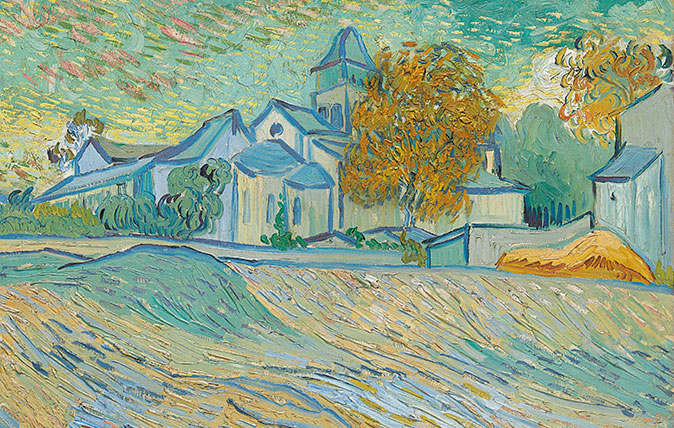

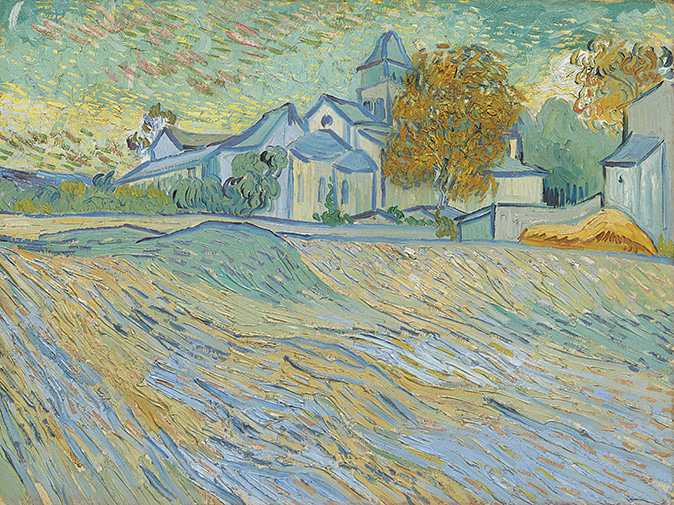
Vincent van Gogh is certainly having a moment. His museum in Amsterdam, which I have yet to revisit after its revamp, has been highly praised, and its current show ‘Van Gogh and Japan’ is equally well reviewed.
He never actually visited the East, but, like many of his generation, he was facinated by Japanese art as the country emerged from centuries of cultural isolation and the evidence is very clear in his work.
Then, a couple of weeks ago, one of his final landscapes sold at Christie’s in New York for a low-estimate but still remarkable price, $39,687,500 (£29,332,946). It was the 17.75in by 23.75in Vue de l’asile et de la Chapelle St Paul de Mausole (Saint-Rémy), showing the asylum where the artist was a self-admitted patient for a year from May 1889.
To begin with, he was not allowed to paint and then, for some time, only indoors. During this time, he produced a masterwork, The Starry Night, with its swirling sky, as well as copies of, or rather variations on, themes by artists he admired, such as the Realists Breton and Courbet.
Eventually, in the autumn, he was allowed out for supervised walks and painting sessions and it was then that he painted the asylum and chapel.
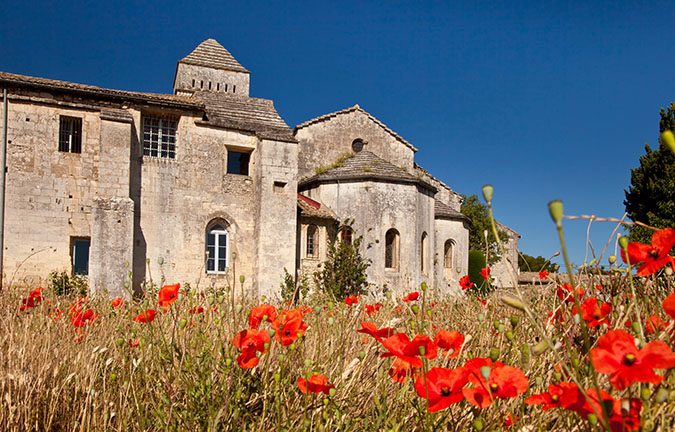
He was discharged in May 1890, but shot himself in July – just as he was attracting critical acclaim and the championship of his peers.
This painting was last on the market in 2012, when it sold for just over £10 million as part of the collection of Elizabeth Taylor. It had been bought for the film star by her father, the art dealer Francis Taylor, who paid £92,000 for it in 1963.
Sign up for the Country Life Newsletter
Exquisite houses, the beauty of Nature, and how to get the most from your life, straight to your inbox.
Francis was the nephew and only partner of Howard Young, at that time the richest art dealer in the world and, during the 1930s, he ran the firm’s Bond Street gallery.
Coincidentally, Young recalled that his own greatest mistake had been to buy a van Gogh – a different one – for $5,000 in Rotterdam in the early 1930s and sell it soon after for $10,000. The same painting was auctioned for $850,000 shortly before his death in 1972.
-------
Two other van Gogh paintings have also been sold this year. The first was a 10¾in by 14in study of pink and white lilac blossoms, painted in 1887, when the artist was in Paris.
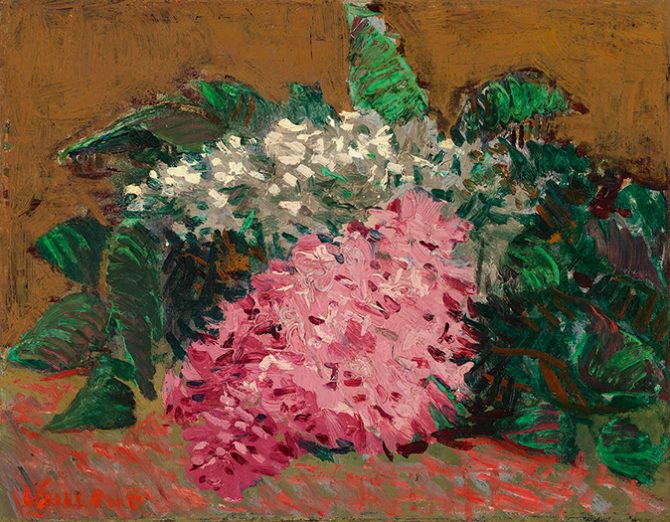
There he met the Impressionists and other artists, such as Signac, who later recalled those days:
‘We painted together on the riverbanks, we lunched at roadside cafes and we returned by foot to Paris via the Avenues of Saint-Ouen and Clichy. Van Gogh, wearing the blue overalls of a zinc worker, would have little dots of color painted on his shirtsleeves. Striding quite close to me, he would be yelling, gesticulating and brandishing a large size-thirty, freshly painted canvas; in this fashion he would manage to polychrome both himself and the passers-by.’
Lilacs, with an asking price of £7.15 million, was sold to a new client at Maastricht by the Hammer Galleries of New York.
It often takes months to conclude sales begun at the world’s greatest art fair. This is especially the case with museums, where trustees, committees and patrons may have to be consulted, so the announcement by London dealer Connaught Brown that its van Gogh has now gone to the Noordbrabants Museum in the Netherlands follows relatively quickly on the heels of the March fair.
The 12in by 15.75in canvas, Bottles and a Cowrie Shell, priced in the region of £3.5 million, is one of 13 still lifes painted in the autumn of 1884, which was during van Gogh’s two-year stay with his parents at Nuenen, and now all but two of them are in museums.
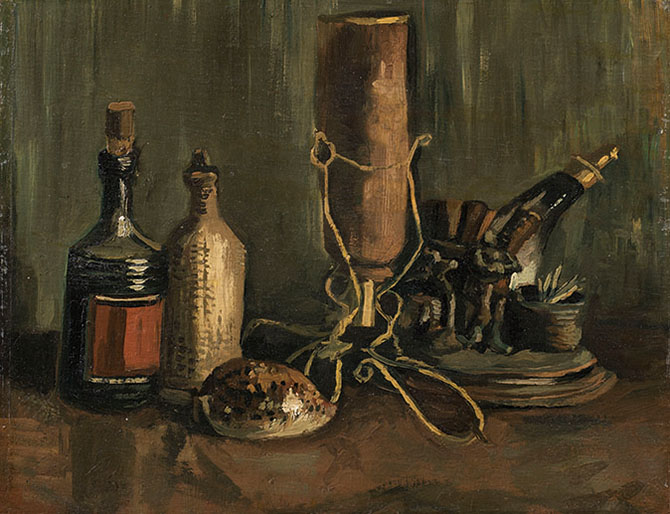
During the stay, van Gogh was helping to teach an artist called Charles Hermans and. He wrote about it in a letter to his brother Theo:
‘Hermans possesses so many beautiful things, old pitchers and other antiques… just today Hermans told me that if I wanted to paint for myself a picture of things that were still too difficult for him, I could take them with me to the studio… I shall make one for you, and will pick out the best things.’
Van Gogh left the picture with his mother when he departed for Antwerp in the following year and the provenance goes through Theo, from whom it was acquired in 1904 by Henricus Petrus Bremmer, an early admirer and a collaborator in the first catalogue raisonné. It joins several other early van Goghs in Noordbrabant.
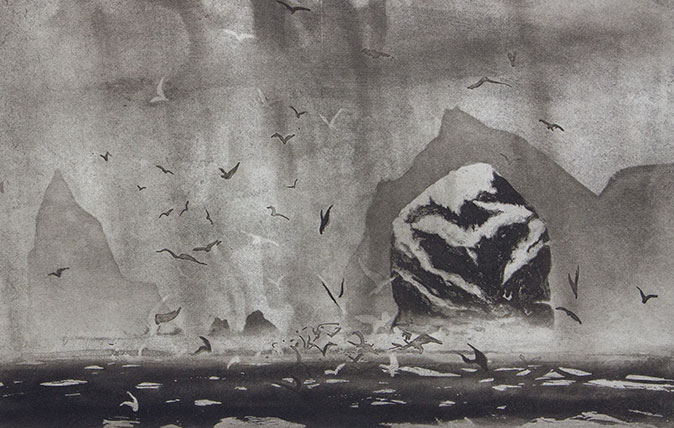
In Focus: The Norman Ackroyd landscape etchings that have sparked comparisons with Turner
This week marks the last chance to see Norman Ackroyd's sublime exhibition in Richmond. Lilias Wigan urges you to take
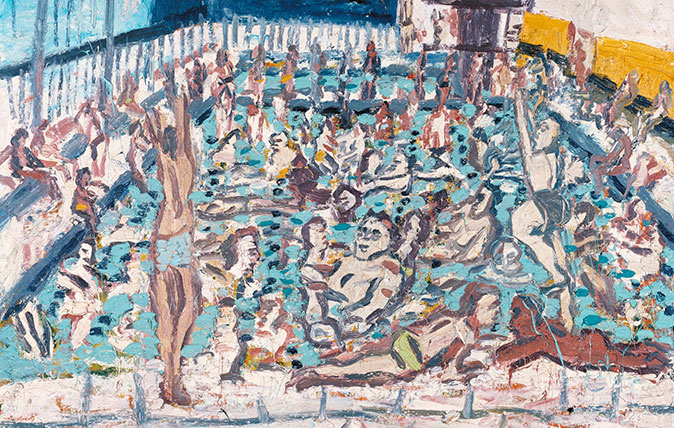
Credit: Leon Kossoff Children's Swimming Pool, Autumn Afternoon 1971. Tate © Leon Kossoff
In Focus: An idyllic sunny afternoon, evoked by a leading light of the School of London
Lilias Wigan takes an in-depth look at Leon Kossoff's Children's Swimming Pool, Autumn Afternoon, one of the pictures on show
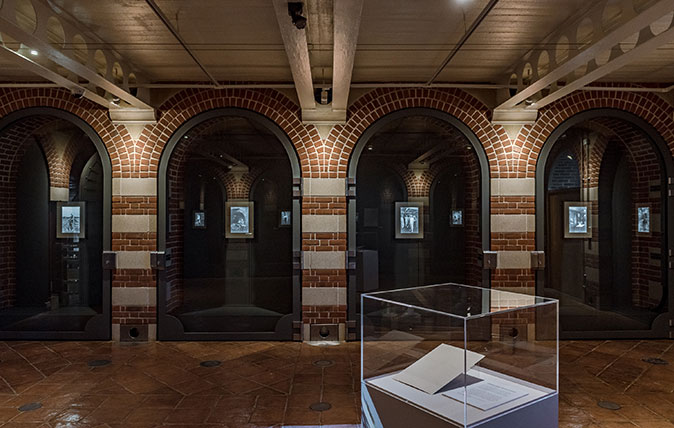
Credit: The Harley Gallery – Clare Twomey's lithophanes, part of The Grand Tour
In Focus: An ethereal exhibition pushing the boundaries of photography, porcelain and the display space itself
Clare Twomey's new exhibition at the Harley Gallery in Nottinghamshire blurs the lines in a fascinating manner: where do the
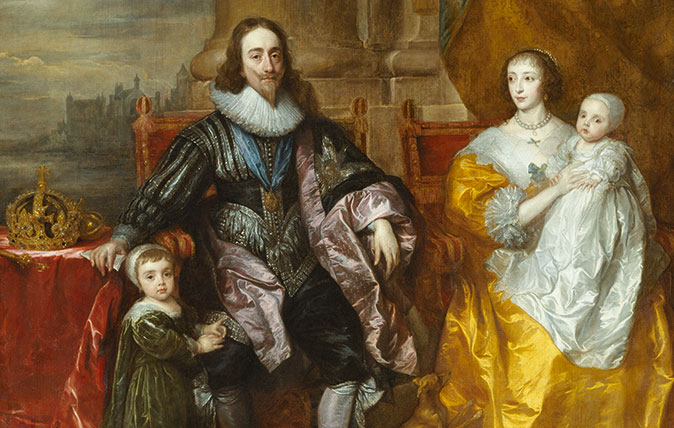
In Focus: The Van Dyck portrait that shows Charles I as monarch, connoisseur and proud father
Lilias Wigan takes a detailed look at Van Dyck's Greate Peece, one of the highlights of the Royal Academy's stunning
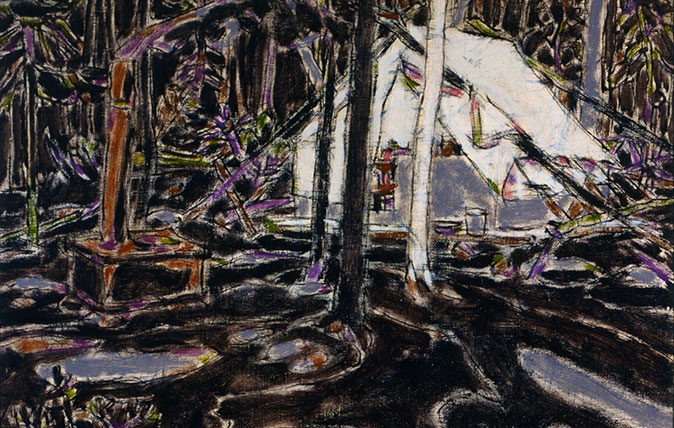
Credit: David Milne, Tent in Temagami, 1929, Collection of the Tom Thomson Art Gallery, Owen Sound, Ontario, bequest from the Douglas M. Duncan Collection, 1970. © The Estate of David Milne
In Focus: The Canadian hermit's work that is a dystopian alternative to Monet
Canadian artist David Milne moved from city to country, eventually ending up as a hermit in a remote part of
Country Life is unlike any other magazine: the only glossy weekly on the newsstand and the only magazine that has been guest-edited by HRH The King not once, but twice. It is a celebration of modern rural life and all its diverse joys and pleasures — that was first published in Queen Victoria's Diamond Jubilee year. Our eclectic mixture of witty and informative content — from the most up-to-date property news and commentary and a coveted glimpse inside some of the UK's best houses and gardens, to gardening, the arts and interior design, written by experts in their field — still cannot be found in print or online, anywhere else.
-
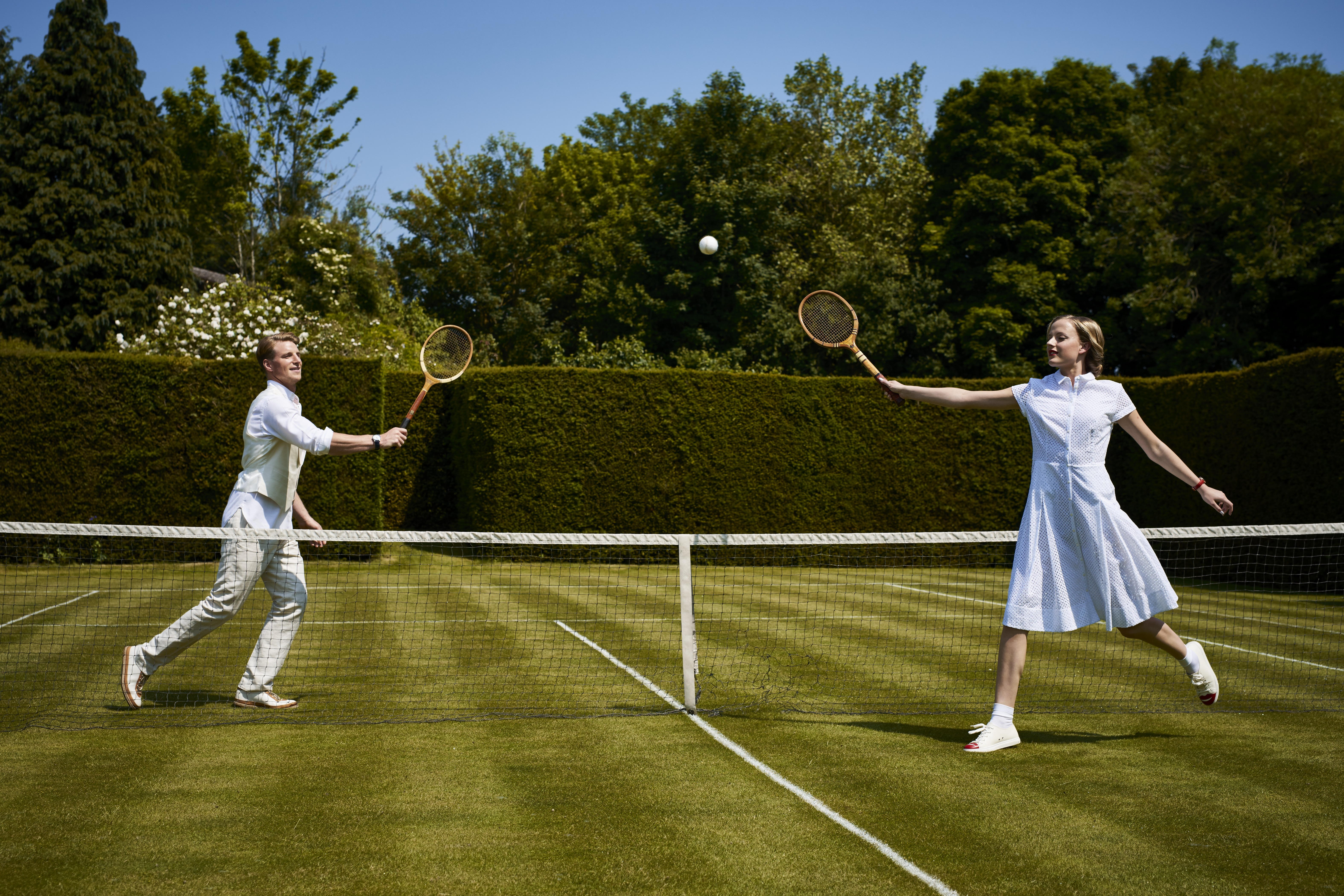 New balls please: Eddie Redmayne, Anna Wintour and Laura Bailey on the sensory pleasures of playing tennis
New balls please: Eddie Redmayne, Anna Wintour and Laura Bailey on the sensory pleasures of playing tennisLittle beats the popping sound and rubbery smell of a new tube of tennis balls — even if you're a leading Hollywood actor.
By Deborah Nicholls-Lee
-
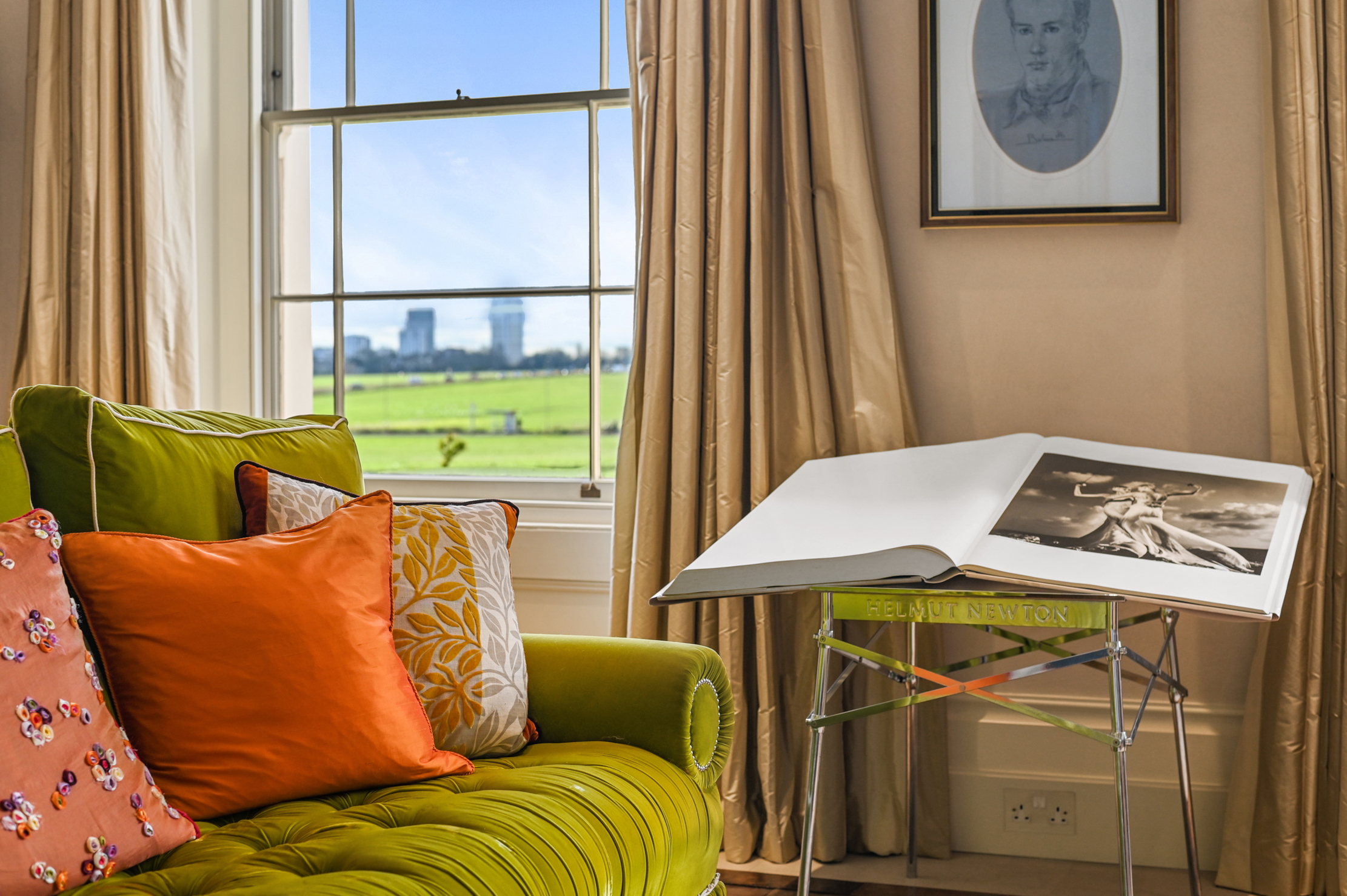 A rare opportunity to own a family home on Vanbrugh Terrace, one of London's finest streets
A rare opportunity to own a family home on Vanbrugh Terrace, one of London's finest streetsThis six-bedroom Victorian home sits right on the start line of the London Marathon, with easy access to Blackheath and Greenwich Park.
By James Fisher